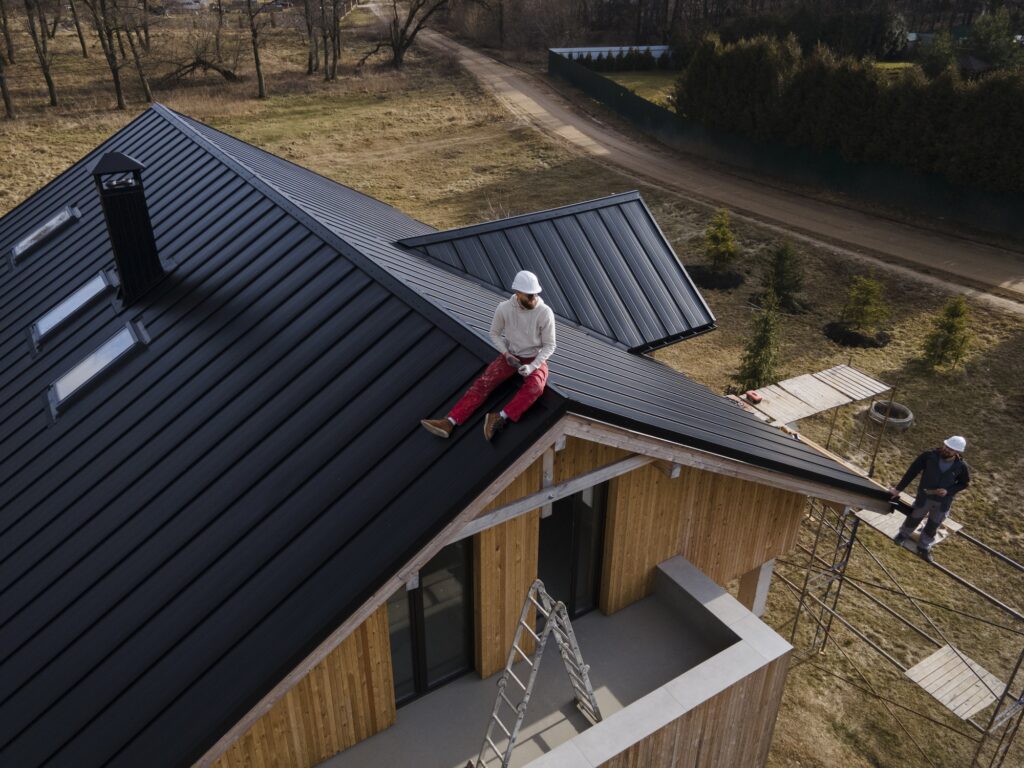Introduction
Regular siding maintenance is crucial for keeping your home’s exterior in great condition and preventing long-term damage. By following a few simple cleaning siding tips, you can ensure that your siding remains free of dirt, mold, and mildew, preserving its appearance and durability. Cleaning your siding at least once a year helps remove buildup that can weaken the material over time, while routine inspections can catch minor issues before they become costly repairs. This guide will provide you with practical tips and best practices for maintaining and cleaning your siding effectively.
Siding Maintenance: Tips to Keep Your Home’s Exterior in Top Shape

Proper siding maintenance is key to extending the life of your home’s exterior and keeping it looking great. Regular care prevents dirt, mold, and mildew buildup, which can cause long-term damage if left unchecked. Start by inspecting your siding at least twice a year, looking for signs of cracks, warping, or loose panels. Cleaning the siding with a gentle soap and water solution can help remove dirt and prevent stains, while a soft brush or sponge is ideal for scrubbing without scratching the surface. Address any minor repairs promptly to avoid more extensive damage down the line, ensuring that your siding remains in peak condition for years to come.
Why Siding Maintenance Is Essential
Maintaining your siding is about more than just aesthetics—it’s about protecting your home from potential damage. Dirt, mold, and mildew can accumulate on your siding, leading to unsightly stains and even structural problems if left unchecked. Regular cleaning helps preserve the siding’s finish, keeps your home looking fresh, and can extend the lifespan of your siding, saving you from costly repairs or replacements down the road.
How Often Should You Clean Your Siding?
How often you should clean your siding depends on a few factors, including your climate and the amount of tree coverage around your home. For most homes, an annual cleaning is sufficient to keep the siding looking its best. However, homes in humid areas or those surrounded by trees may need to be cleaned more frequently to prevent mold and algae growth. If you notice visible dirt, discoloration, or mold, it’s time for a cleaning.
Tools and Supplies Needed for Cleaning Siding
Before you begin cleaning your siding, make sure you have the right tools on hand:
- Essential Cleaning Tools: A soft brush, garden hose, bucket, and a long-handled scrubber.
- Cleaning Solutions: Choose a solution that is safe for your siding material—mild soap and water work well for vinyl, while wood and fiber cement may require specialized cleaners.
- Eco-Friendly Options: Consider using a vinegar-water mix for an eco-friendly cleaning solution that’s tough on dirt but gentle on the environment.
Step-by-Step Guide to Cleaning Vinyl Siding
Cleaning vinyl siding is relatively simple if you follow the right steps:
- Preparation: Move outdoor furniture, cover plants, and ensure windows are closed.
- Mix Cleaning Solution: Combine mild soap with warm water in a bucket or use a pre-made vinyl siding cleaner.
- Scrub and Rinse: Use a soft-bristle brush to scrub the siding from bottom to top, working in small sections. Rinse each section with a garden hose to avoid streaks.
- Use a Pressure Washer Carefully: If using a pressure washer, set it to a low setting and hold the nozzle at a downward angle to avoid forcing water behind the siding.
Cleaning Wood Siding: Best Practices
Wood siding requires a more delicate approach to avoid damage:
- Use a wood-safe cleaner and apply it with a soft brush.
- Avoid using high-pressure washing on wood siding, as it can strip away the paint or finish.
- After cleaning, check for any areas that may need re-staining or sealing to protect against moisture.
Maintaining Fiber Cement Siding
Fiber cement siding is durable but still benefits from regular cleaning:
- Use a gentle, non-abrasive cleaner and a soft brush to remove dirt and grime.
- Rinse thoroughly with a garden hose to prevent residue buildup.
- For stubborn stains, use a little elbow grease and a fiber cement-safe cleaner to restore its appearance.
How to Remove Mold and Mildew from Siding
Mold and mildew can be common problems, especially in humid areas:
- Mix a solution of one part bleach to four parts water, or use white vinegar for a natural alternative.
- Apply the solution to the affected area and let it sit for 10 minutes before scrubbing with a brush.
- Rinse well with water to ensure no residue remains.
Conclusion
Maintaining and cleaning your siding is a simple but effective way to keep your home looking beautiful and functioning properly. By following a regular cleaning schedule and using the right tools and techniques, you can extend the life of your siding and protect your home from damage. With these tips, you’ll keep your home’s exterior in top shape year-round.
FAQs
- How often should I clean my siding?
- Most homes benefit from an annual cleaning, but homes in humid areas or with heavy tree coverage may need more frequent cleanings.
- Can I use vinegar to clean my siding?
- Yes, a mixture of vinegar and water is a great eco-friendly option for cleaning dirt and mildew off siding.
- What is the safest way to pressure wash vinyl siding?
- Use a low-pressure setting and hold the nozzle at a downward angle to avoid forcing water behind the siding.
- How do I prevent mold on my siding?
- Keep trees trimmed back, clean gutters regularly, and wash the siding as needed to prevent mold growth.
- Is professional siding cleaning worth the cost?
- Hiring a professional can be worthwhile for tough stains, large homes, or if you prefer to avoid the labor. They can ensure a thorough cleaning without damaging the siding.














